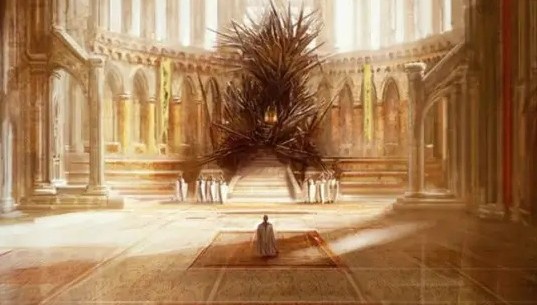The recent discovery of a new dinosaur species, Lokiceratops rangiformis, in Montana’s badlands offers intriguing insights into the diversity of horned dinosaurs during the Late Cretaceous period. Named for its striking horn arrangement reminiscent of the Norse god Loki’s helmet, this find has sparked both excitement and debate within the paleontological community.
Ecological and Evolutionary Significance
Lokiceratops rangiformis lived approximately 78 million years ago in a lush, swampy floodplain adjacent to a vast seaway that once bisected western North America. This environment contributed to the distinct evolutionary paths of the region’s fauna. The isolation provided by the seaway likely facilitated the development of unique species and variations among horned dinosaurs, much like island biogeography does for modern species.
The discovery of Lokiceratops adds to the remarkable ceratopsian diversity found in the Kennedy Coulee region, which already includes Medusaceratops, Wendiceratops, Albertaceratops, and Avaceratops lammersii. This area holds the highest known ceratopsian diversity in a single location, underscoring the ecological richness and evolutionary experimentation of the region.
Physical Characteristics and Function
The defining feature of Lokiceratops is its pair of large, bladelike horns protruding from between its eyes, similar to the horns of modern caribou but with differing lengths. This unique horn structure, combined with the ornamentation on its bony neck frill, sets it apart from other known ceratopsids.
Paleontologist Mark Loewen suggests that such elaborate bony features likely served as ornaments for mate attraction or rival intimidation, akin to the vibrant plumage of birds. The variation in ornamentation supports the idea that these dinosaurs evolved distinct physical traits to navigate social dynamics within their species.
Scientific Debate: New Species or Variation?
Despite the excitement surrounding Lokiceratops, there is ongoing debate regarding its classification. Some researchers, like paleontologist Denver Fowler, argue that the differences in bony ornamentation might not signify a new species but rather reflect variations within a single species, possibly due to age-related changes. Fowler notes that the hollowed-out brow horns of the Lokiceratops specimen are a feature seen in older individuals of other ceratopsids, such as Triceratops.
On the other hand, paleontologist Shawn DeNarie suggests that the distinct orientation of the frill horns in Lokiceratops compared to its close relatives (Albertaceratops and Medusaceratops) indicates a separate species. This debate is reminiscent of similar discussions about other ceratopsids, such as Triceratops and Torosaurus, where the differentiation between species and age-related variation remains contentious.
Conclusion and Future Research
The discovery of Lokiceratops rangiformis highlights the complexity of dinosaur evolution and the rich biodiversity of the Late Cretaceous period. While the exact classification of Lokiceratops is still under debate, the fossil provides valuable data for understanding the evolutionary processes that shaped ceratopsid diversity.
As more fossils are discovered and studied, paleontologists hope to resolve these taxonomic debates and gain a clearer picture of dinosaur evolution. Until then, the story of Lokiceratops exemplifies the dynamic and often contentious nature of paleontological research, a fitting tribute to the trickster god after whom it was named.














